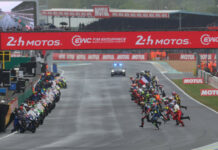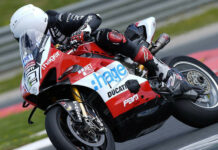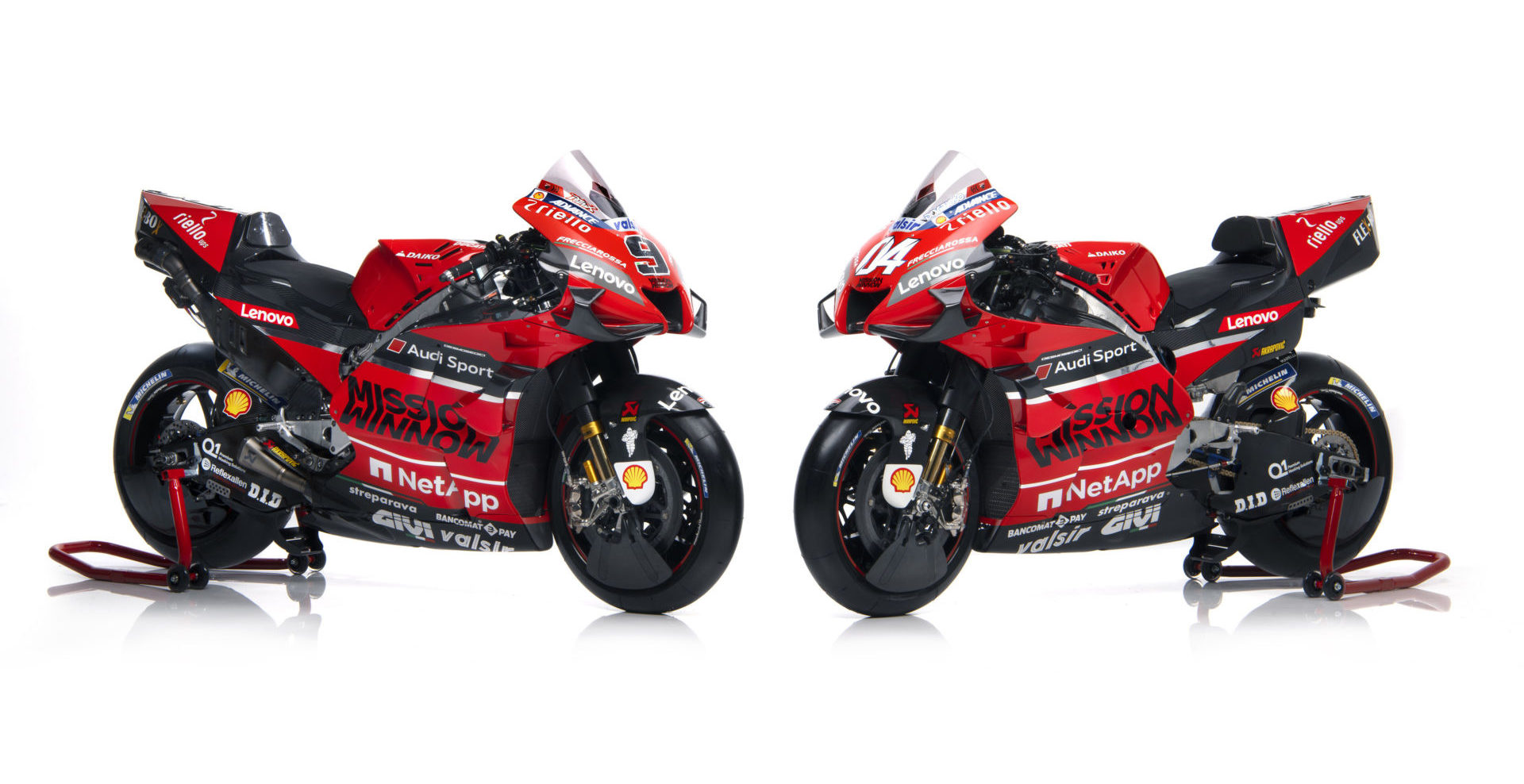MotoGP™ class scrutineering carried out remotely
Manufacturers supply sample engines and digital drawings of their aero-body in order to complete homologation
Monday, 23 March 2020
There are a number of questions that the ongoing coronavirus outbreak and subsequent delay in competition raises for the MotoGP™ World Championship, and one of those is the technical homologation. In the MotoGP™ class, the engine must be the same specification for the whole season – the only exemptions being for factories qualifying for concessions – and each rider also has the limit of two aero-body versions per season and per rider that they are allowed to homologate.
Normally, the engine specification for the season is homologated on the Thursday of the first Grand Prix, as is the first of the two aero-fairings. Due to the cancellation of the MotoGP™ class at Losail, that wasn’t possible for every factory. However, the QNB Grand Prix of Qatar remains the official starting point of the season and the point at which the rules for homologation begin being enforced.
Like every year, the 2020 engine specifications (except KTM and Aprilia machines as they qualify for concessions) must remain the same during the whole season and each rider has to homologate the first aero-fairing.
The FIM, IRTA, MSMA and Dorna all agree that for reasons of equality and fairness the homologation must therefore be carried out remotely and digitally as soon as possible.
Under normal circumstances, factories have two options. Either they can supply a list of sample engine parts to the organisation, providing a means of comparison with engines used throughout the season to verify no changes have been made, or they can supply digital drawings. Normally, each factory chooses to supply either a full sample engine or a sample for all the parts that the engine contains.
This means that if a manufacturer has riders using different engine specifications, like for example an Independent Team rider using an engine design from a past season, they must supply every sample.
Honda are the exception, as they were the only manufacturer that did supply all their sample engine parts at Qatar. The rest of the factories were not able to do so this year due to the extenuating circumstances, and have instead sent their sample engines to the organisation, which must match those in the machines at the first 2020 event.
Digital drawings of each rider’s first aero-body must also be supplied and these must likewise be homologated if they are within the technical restrictions provided in the rulebook.
The FIM, IRTA, MSMA and Dorna make every effort to focus on simplicity for both the manufacturers and the enforcement of the rules. MotoGP™ has never considered a shutdown period in which all factories must cease any and all development for a set period of time, at any time of year, primarily due to the difficulty of policing such a regulation.
Development on any other part of the machine not subject to homologation may therefore continue, as is the case during any season.







